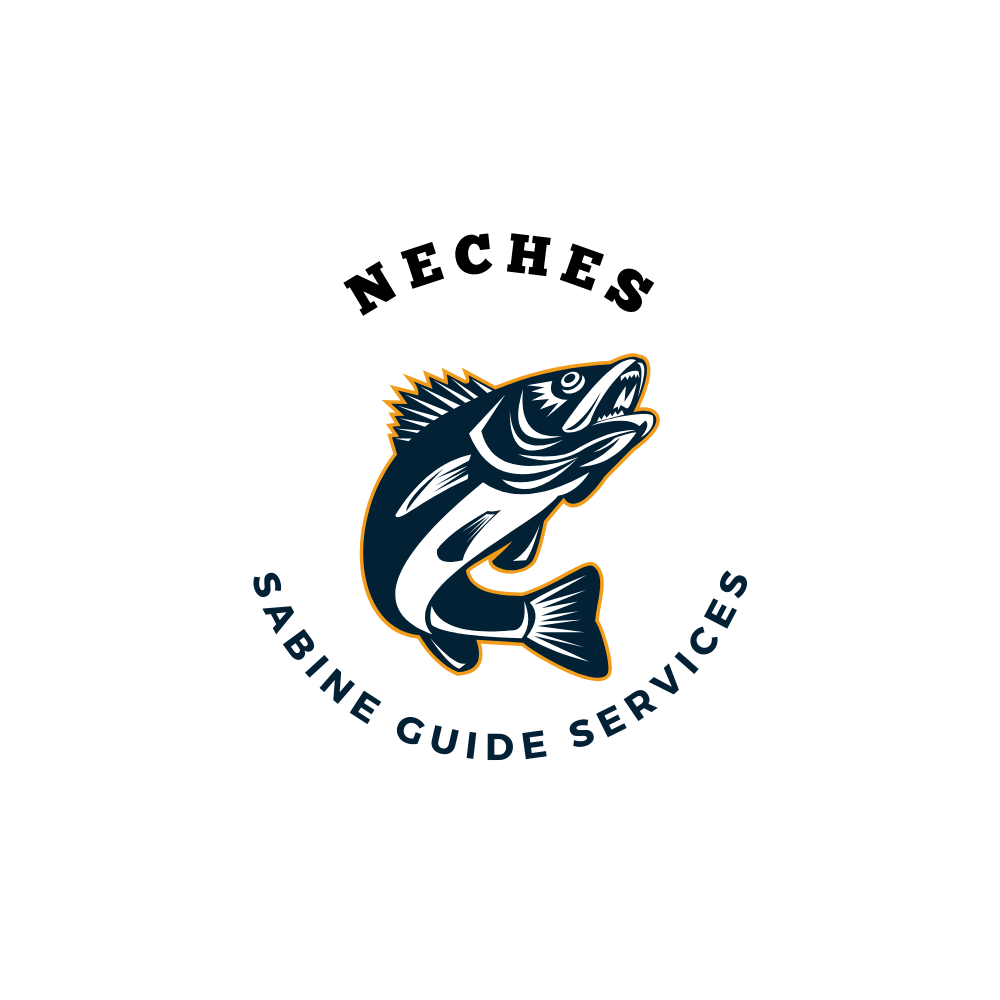Flounder
Floundering for Success: Mastering the Art of Sabine Lake Flounder Fishing
Lake Sabine, a sprawling Texas gem nestled on the border with Louisiana, isn’t just a haven for speckled trout and redfish enthusiasts. Lurking beneath the surface are master ambush predators – flounder. These fascinating flatfish, prized for their delicate flavor and unique challenge, offer an exciting opportunity for anglers seeking something different. This guide dives into the secrets of flounder fishing in Sabine Lake, equipping you to outsmart these masters of disguise.
When the Flounder Flounder: Peak Seasonality
Flounder are opportunistic feeders, but their activity level fluctuates throughout the year. The prime season for Sabine Lake flounder fishing kicks off in fall (October-November) as water temperatures cool. During this period, adult flounder stage a migration out of the lake and into the Gulf of Mexico to spawn, making them particularly vulnerable along the shoreline and near channels. Spring (March-May) offers another window of opportunity, with smaller flounder feeding in shallow areas. Fishing for flounder becomes less productive during the hot summer months (June-August) when they tend to move to deeper, cooler waters.
Following the Flounder’s Footsteps: Prime Locations
Flounder are masters of camouflage, lying partially buried on the bottom and blending in with the surrounding substrate. Here are some key areas in Sabine Lake to target them:
- Oyster Reefs: Oyster reefs provide both food and ideal camouflage for flounder. Look for areas with healthy oyster beds, particularly near channels or points where currents create feeding opportunities.
- Shallow Flats: Sandy or grassy flats, especially those adjacent to deeper channels or drop-offs, are prime hunting grounds for flounder. They ambush preyfish like mullet and shrimp in these shallow areas.
- Marsh Drainages: Areas where freshwater marshes drain into the lake can be flounder hotspots. The influx of nutrients attracts baitfish, and flounder lie in wait to snatch them as they flow out.
- Bulkheads and Piers: Bulkheads and piers along the shoreline offer structure that flounder use to ambush prey. These areas can be particularly productive during high tides when baitfish are pushed closer to shore.
Luring the Master of Deception: Effective Bait
Flounder rely on their keen eyesight to ambush prey. Lures that mimic small fish or create vibrations to attract attention are most effective. Here are some top choices for your flounder fishing tackle box:
- Soft Plastics: Paddle tails, jerk baits, and swimbaits are versatile options that create lifelike swimming actions. Choose colors that match the local baitfish, such as white or pearl for clear water and chartreuse or glow patterns for stained water.
- Jigs: Small jigs (1/8 oz – 1/4 oz) with scented soft plastic bodies are excellent choices. The jighead allows you to slowly bounce the lure along the bottom, mimicking a fleeing preyfish.
- Spoons: Small spoons (1/8 oz – 1/4 oz) can be effective in attracting flounder with their flash and vibration. Choose gold, silver, or chartreuse colors for maximum visibility.
- Live Bait: For a surefire option, live shrimp or minnows are irresistible to flounder. Use a light jighead or Carolina rig to present the bait naturally along the bottom.
Flounder Fishing Techniques: The Slow and Steady Approach
Flounder are ambush predators, not speed demons. Here are some key tactics to employ for flounder fishing success:
- Slow and Steady Presentation: Flounder often lie in wait for prey to come close. Use a slow and deliberate retrieve, bouncing your lure along the bottom with pauses to allow the flounder to strike.
- Feel for the Bite: Flounder tend to take a bait subtly, without a strong pull. Maintain good line tension and feel for any unusual resistance or weight on the line.
- Light Tackle: Use light spinning or baitcasting tackle with a braided line for better feel and lure presentation. A softer rod tip helps detect subtle flounder bites.
- Work Different Depths: Don’t just cast in one spot. Experiment with retrieving your lure at different depths to locate feeding flounder.
- Changing Tides: Fishing during transitions between high and low tide can be productive as flounder move with the changing currents to ambush prey.
Landing the Prize: Respecting the Flounder
Always check and adhere to Texas fishing regulations for flounder, including size limits, bag limits, and closed seasons. Flounder are delicate fish. Handle them with care using a wet net to minimize stress. If you plan to release your catch, do so quickly and safely. Wet your hands before handling the fish to protect its protective slime coat.
